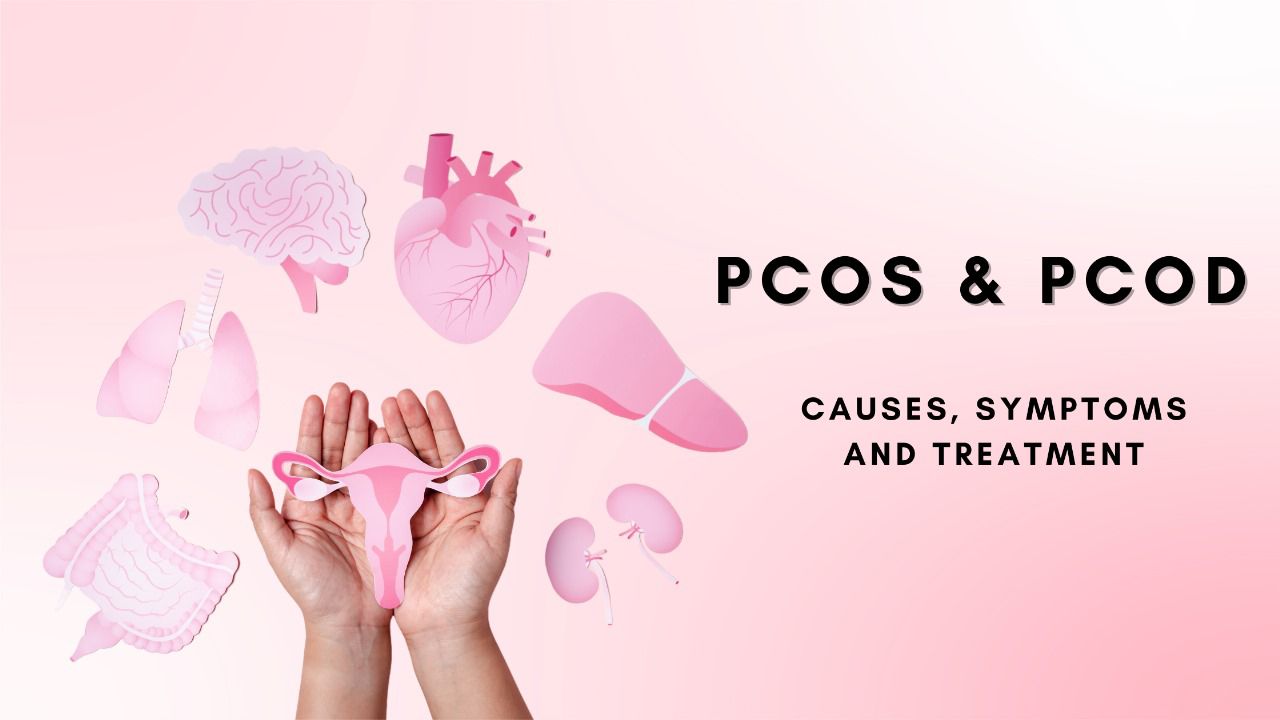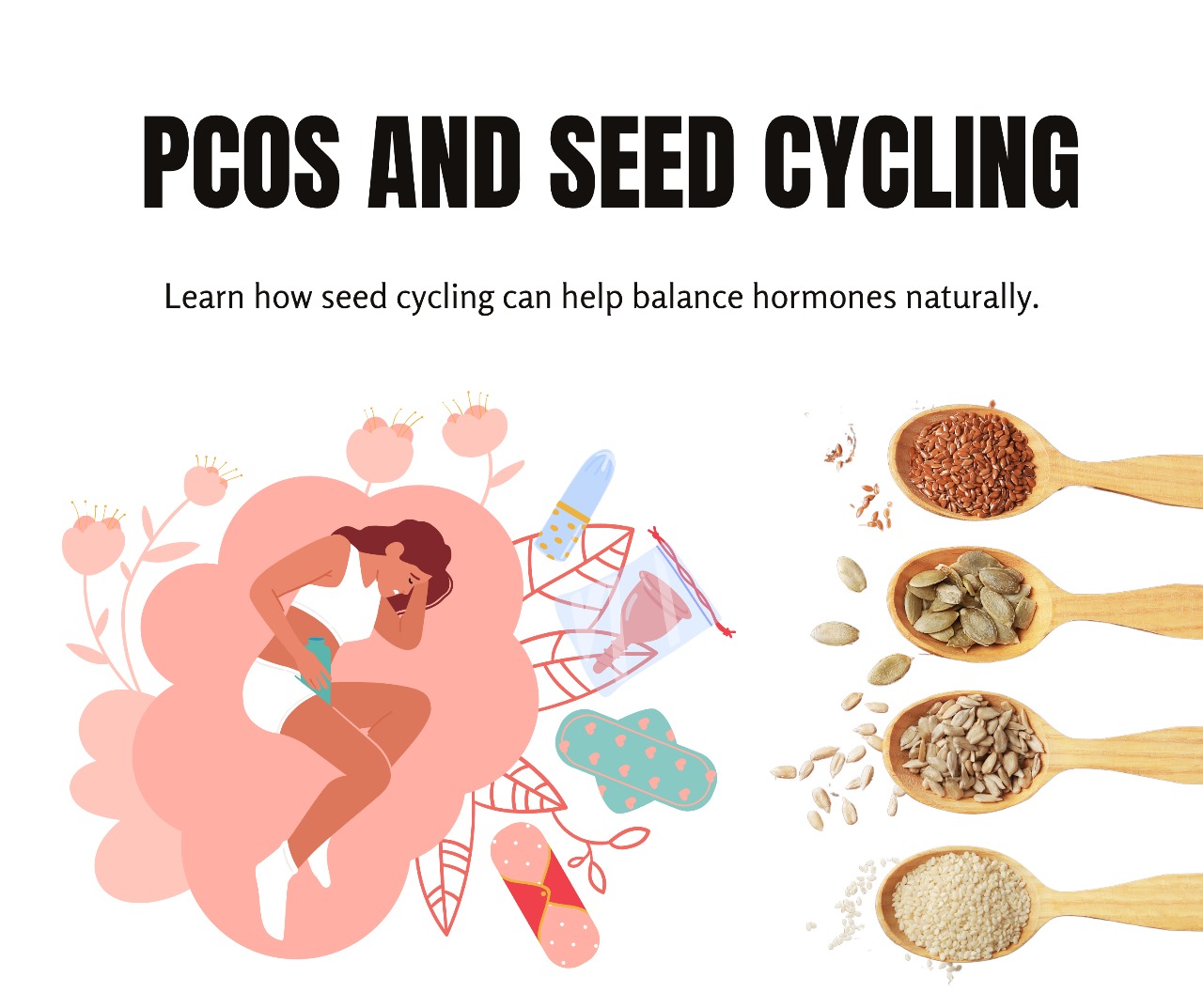Polycystic Ovary Syndrome (PCOS) and Polycystic Ovary Disease (PCOD) are terms often used interchangeably, but they represent different conditions. Both impact the ovaries and hormonal balance, affecting a woman’s reproductive health. Understanding the differences between PCOS and PCOD, as well as their symptoms and management strategies, is crucial for effective treatment and overall well-being.
What is PCOS?
Polycystic Ovary Syndrome (PCOS) is a complex hormonal disorder affecting women of reproductive age. It is characterized by an imbalance in the body’s reproductive hormones, leading to irregular menstrual cycles, the development of small cysts in the ovaries, and other symptoms like weight gain, acne, and excessive hair growth. PCOS is associated with insulin resistance, which can increase the risk of type 2 diabetes and cardiovascular diseases.
Symptoms of PCOS:
- Irregular or absent menstrual periods
- Excessive hair growth (hirsutism), typically on the face, chest, and back
- Acne and oily skin
- Weight gain or difficulty losing weight
- Thinning hair on the scalp
- Darkening of the skin, particularly in the neck, groin, or under the breasts
- Difficulty getting pregnant (infertility)
- Mood swings and depression
What is PCOD?
Polycystic Ovary Disease (PCOD) is a condition where the ovaries release immature or partially mature eggs, which can lead to the formation of multiple cysts in the ovaries. Unlike PCOS, PCOD is less severe and can often be managed with lifestyle changes and medication. Women with PCOD may experience irregular menstrual cycles and hormonal imbalances, but the condition is less likely to cause long-term health issues compared to PCOS.
Symptoms of PCOD:
- Irregular menstrual cycles
- Mild hormonal imbalances
- Ovaries may become enlarged with multiple cysts
- Occasional weight gain
- Hair thinning and hair loss
- Mild acne and skin issues
- Difficulty conceiving (less common than in PCOS)
Key Differences Between PCOS and PCOD
- Severity and Impact:
- PCOS is a metabolic disorder with far-reaching effects on a woman’s health, including a higher risk of diabetes, heart disease, and infertility.
- PCOD is less severe, primarily affecting the ovaries and reproductive function, with fewer long-term health risks.
- Hormonal Imbalance:
- PCOS involves significant hormonal imbalances, including elevated levels of androgens (male hormones), which cause symptoms like hirsutism and acne.
- PCOD may involve milder hormonal changes, and the symptoms are generally less intense.
- Ovulation and Fertility:
- PCOS often leads to anovulation (lack of ovulation), making it one of the leading causes of infertility in women.
- PCOD may cause irregular ovulation, but many women with PCOD can conceive naturally with proper management.
- Insulin Resistance:
- PCOS is strongly associated with insulin resistance, leading to a higher risk of developing type 2 diabetes.
- PCOD may not be directly linked to insulin resistance, although some women with PCOD may develop this condition.
Management of PCOS and PCOD
While both conditions can be managed effectively, the approach to treatment may differ based on the severity and specific symptoms.
Managing PCOS:
- Lifestyle Changes: Adopting a balanced diet, regular exercise, and weight management are crucial for managing PCOS symptoms and improving insulin sensitivity.
- Medications: Birth control pills, anti-androgens, and insulin-sensitizing drugs like metformin are commonly prescribed to manage symptoms.
- Fertility Treatment: Women with PCOS trying to conceive may need ovulation induction medications or assisted reproductive technologies (ART).
- Mental Health Support: Given the impact on mood and mental well-being, counseling or therapy may be beneficial.
Managing PCOD:
- Diet and Exercise: A healthy diet and regular physical activity can help regulate menstrual cycles and reduce symptoms.
- Medications: Mild hormonal treatments or oral contraceptives may be prescribed to regularize periods.
- Stress Management: Reducing stress through relaxation techniques, yoga, or meditation can help manage symptoms.
Conclusion
Both PCOS and PCOD are common conditions that affect women’s reproductive health, but they differ in terms of severity, symptoms, and long-term health risks. Early diagnosis and a tailored management plan can help women lead healthy lives despite these conditions. If you suspect you have PCOS or PCOD, it’s essential to consult with a healthcare provider to get the appropriate diagnosis and treatment plan.
By understanding the differences between PCOS and PCOD, women can take proactive steps to manage their health, improve their quality of life, and reduce the risk of long-term complications.



